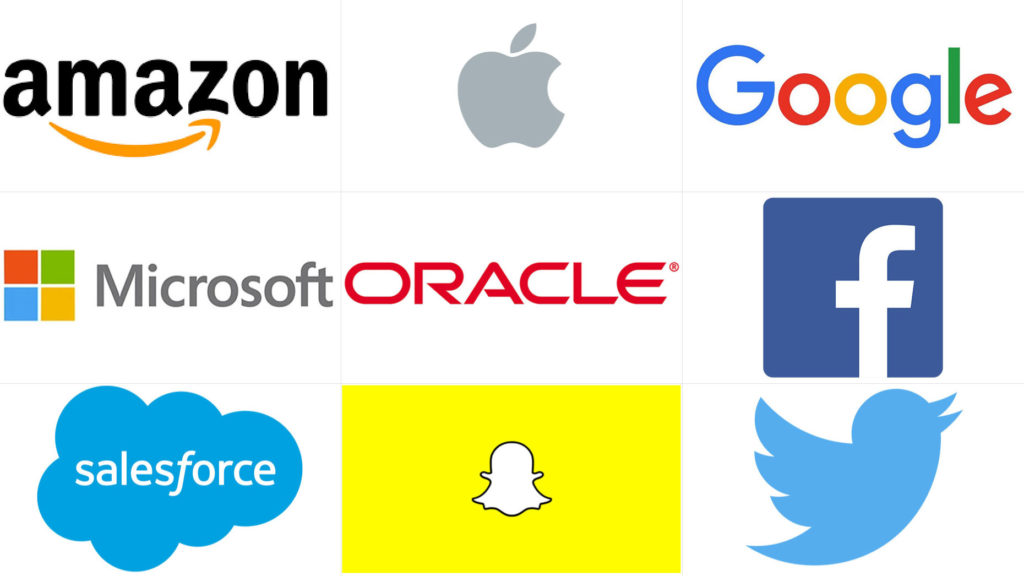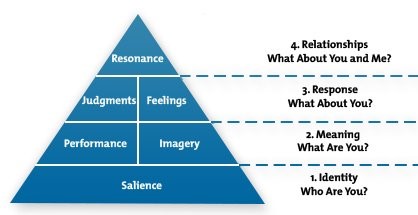Building brand equity is a prime function of marketing. However, building brand equity is not a single event but a cumulative result of years of doing the right things to amplify the brand beyond the primary function it serves.
Amazon founder Jeff Bezos says, “a brand for a company is like a reputation for a person. You earn reputation by trying to do hard things well.” Bezos’ company, the third-largest in the world on market value in the second quarter of 2020, is the most recognizable in the e-commerce space today. The success has come as a result of putting the customer needs first, thus building brand equity over the years.
Brand equity is the value of having a name that consumers know and trust. The idea is that a well-known brand can generate more revenue from recognition. Consumers perceive Amazon to have superior products without needing to refer to advertising or promotions, as might be the case with a smaller business. It is all about positioning and living up to that value proposition.
Although brand equity is just a concept, research suggests that those that consumers perceive to be of high value will benefit from increased sales, profits, and influence. For example, in this report from Attest, 55.5% of consumers say they are willing to spend more money to buy from brands that align with their values.
Building brand equity and becoming recognizable reduces business risk. For example, when launching a new product, it comes with an aura of credibility even though it may not be superior to the competition. If there are new entrants to the market, a brand with substantial equity will be more likely to withstand the threat.
Developing brand equity, as Jeff Bezos says, takes a lot of hard work. At the start of 2020, Amazon has the fifth-best corporate reputation of all companies after topping the chart for several years. The Lego Group is currently at the top of the pile as the most compelling brand with a positive culture, social responsibility, and an exciting product range.
However, building brand equity is not about spending millions of dollars on marketing budget. It can also be done by using social media to build a fan base and other frugal marketing techniques.
Building Brand Equity – An Overview:
Customer-Based Brand Equity Model
Marketing professor, Kevin Lane Keller, wrote about the factors necessary to build brand equity in his book, Strategic Brand Management. The overarching message of the book is that for brand equity, a business needs to shape how consumers feel about your product. He presents those feelings as four steps.
Source: https://www.mindtools.com/pages/article/keller-brand-equity-model.htm
Step 1 – Build Awareness
Make sure customers know your brand, and something about it sticks out. At the start of a brand journey, you are forming an identity and ensuring public perceptions of you are correct. To do this part well, a brand needs to know its customers well through extensive research. By the end of the exploration, a brand should know what would make customers choose them over a competitor and the decision process they go through.
Step 2 – Brand Meaning
This step defines what your brand stands for. An organization needs to think about the experience they want their customers to have with them, forming a brand personality. There are two facets to what your brand means; performance and imagery. Performance relates to whether the products or services meet the needs of customers in terms of reliability, effectiveness, and style. Imagery is about meeting the psychological needs of the customer.
Step 3 – Brand Response
Customers will make judgments about a brand. Those judgments fall into four categories; quality, credibility, consideration, and superiority. A brand needs to take actions that can improve the perceptions that come with each of those judgments. For example, have a strategy to enhance credibility.
Step 4 – Brand Resonance
When customers feel a deep bond with your brand, you have reached “resonance.” At the top of the pyramid, customers will be loyal without question, see your brand as a unique purchase decision, have a sense of community with a brand, and actively engage.
When customers reach this stage, a brand needs to think about how they can reward and cherish them. Sephora’s Beauty Insider rewards program has more than 17 million loyal members who make up 80% of annual sales. Members choose how to use reward points, meaning they can pick the deals best for them, elevating the perception of value in the Sephora brand.
Building Brand Equity: The top traits of brands
Looking at some of the biggest brands in the world shows that they exhibit similar attributes when it comes to brand equity. Three traits are prevalent time after time.
- Delivering benefits customers desire
Starbucks chairman, Howard Schultz, started focusing on building a coffee bar culture as he saw on a trip to Italy. In a 1997 book, he says;
“Starbucks sold great coffee beans, but we didn’t serve coffee by the cup. We treated coffee as produce, something to be bagged and sent home with the groceries. We stayed one big step away from the heart and soul of what coffee has meant throughout centuries.”
By appealing to all five senses, the average Starbucks customer visits the store 18 times per month.
TicketCity connect fans to experiences like sporting events and concerts. The Director of Communications, Shannon McKinley, says that the brand knows “the primary generation of millennials value experience over possessions.” Given that, they aim to connect the millennial generation to those experiences, as that is what they desire.
- Staying relevant
The top brands will stay in front when it comes to relating to their customers. For example, Gillette, the long-running ads that focus on the tagline “the best a man can get,” have evolved over the years to fit contemporary trends. As a business, Gillette spends a lot of money to be technologically advanced, confirming superiority over their rivals.
- Consistency
While staying relevant, a brand needs to find a balance with being consistent. For example, Gillette changes imagery to ensure they meet modern-day trends, but the core message of quality is always the same.
Online retailer Christian Benedict, stresses the importance of consistent messaging for the brand. Founder, Christian McAleenan, states that “we try to maintain a certain message, explaining the ‘why’ behind our service – the concept we want to save our customers time and can do so by removing the need for them to go shirt shopping.”
By consistently putting across what Christian Benedict believes in, customers understand who they are, and that is the cornerstone of building brand equity.
Finding a balance
Building and maintaining brand equity is challenging, but with increasingly connected customers, it is more important than ever. New entrants are continually entering the market, forcing brands to respond.
For example, if a brand enters the retail shirt market to compete with Christian Benedict, there may be a temptation to change the pricing strategy. Lowering price could stop the new brand from gaining market share, but it could devalue the Christian Benedict brand equity, moving away from its previous messaging.
A brand looking to develop brand equity must find the right balance of activity to remain competitive while retaining all the foundations that have taken time to create. Close monitoring of performance and small tweaks can help mitigate the potential risks of any decisions to brand equity.
Everything a business does can have a positive or negative impact on building brand equity. All stakeholders in the company need to buy-in to what a brand stands for to convey, implement, and communicate a strategy effectively.



